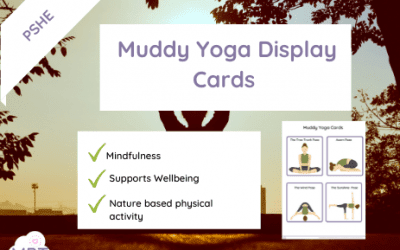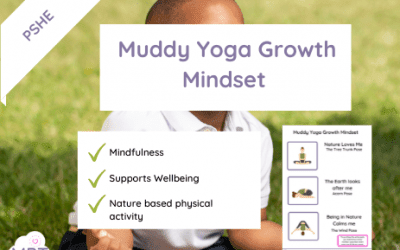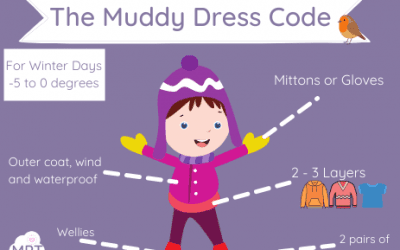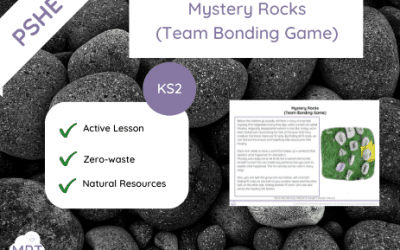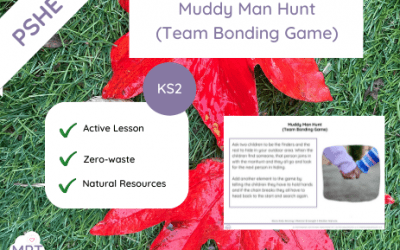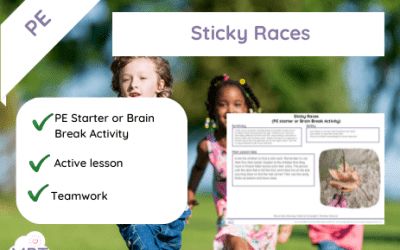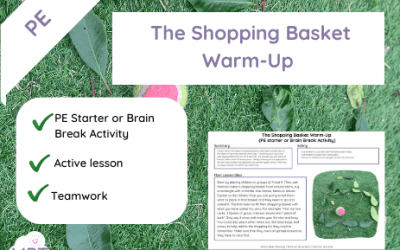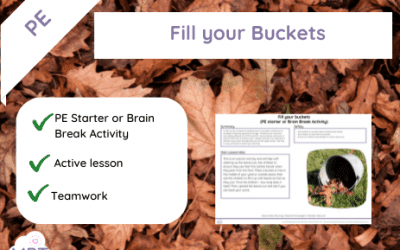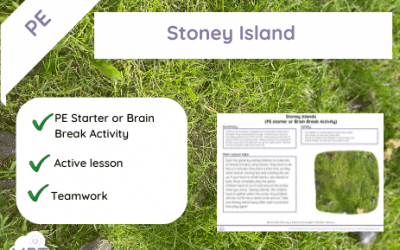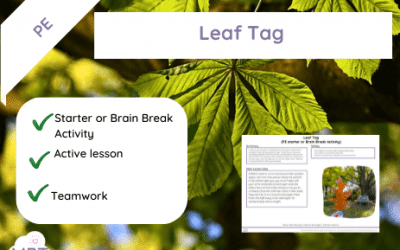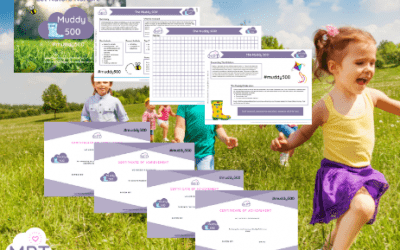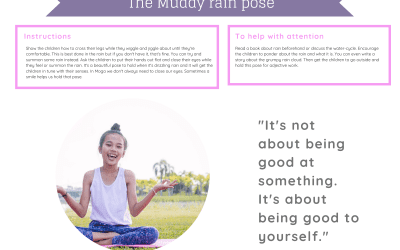Using Running, Jumping, Throwing (KS2) Physical Education (PE) is a crucial part of the KS2 curriculum, helping...
Muddy Yoga Display Cards
Feb 27, 2022
Muddy Yoga Growth Mindset (Full Pack)
Feb 27, 2022
Use Muddy Yoga Growth Mindset to add some muddy, outdoor wellbeing techniques to your PE and PSHE lessons
Muddy Yoga Growth Mindset
Feb 27, 2022
Use Muddy Yoga Growth Mindset (Free Pack) to take your yoga outside.
What children should wear in winter
Dec 1, 2021
As the Norweigian's say - "There's no such thing as bad weather, only bad clothes" Going outside in all weathers...
Mystery Rocks (Team Bonding Game)
Nov 10, 2021
⇒Use Mystery Rocks (Team Bonding Game) to take your children outside and allow some FUN time! ⇒Outdoor Learning Lesson...
The Golden Stick (Team Bonding Game)
Nov 10, 2021
The Golden Stick (Team Bonding Game)
Muddy Man Hunt (Team Bonding Game)
Nov 10, 2021
Muddy Man Hunt (Team Bonding Game)
Capture the Muddy Flag (Team Bonding Game)
Nov 10, 2021
Capture the Muddy Flag (Team Bonding Game)
Sticky Races (PE Starter or Brain Break)
Sep 21, 2021
Sticky Races (PE Starter or Brain Break) Five Reasons Going Outdoors Helps with Children's Mental Health ...
The Shopping Basket Warm-Up
Sep 21, 2021
The Shopping Basket Warm-Up Five Reasons Going Outdoors Helps with Children's Mental Health Remember, you need...
Fill your Buckets (PE Starter or Brain Breaks)
Sep 21, 2021
Outdoor Brain Breaks: Boosting Learning and Well-being Brain breaks are short mental breaks taken during regular...
Stoney Islands (PE Starter or Brain Break)
Sep 21, 2021
Stoney Islands (PE Starter or Brain Break) Five Reasons Going Outdoors Helps with Children's Mental Health ...
Leaf Tag (PE Starter or Brain Break)
Sep 21, 2021
Leaf Tag (PE Starter or Brain Break) Five Reasons Going Outdoors Helps with Children's Mental Health Remember, you...
Muddy 500 Challenge (Resource Pack)
Apr 14, 2021
The Muddy Challenge 500 is a new initiative launching in September 2021 - this is the full pack and can be accessed by...
Outdoor Yoga childrens (All ages)
Jul 17, 2020
Traditionally Yoga has always been done outdoors. In the fresh air where nature can reinforce your breathing and nurture your inner calm. Use this pack for some child-orientated muddy ideas that will support mental and physical well-being.
New In
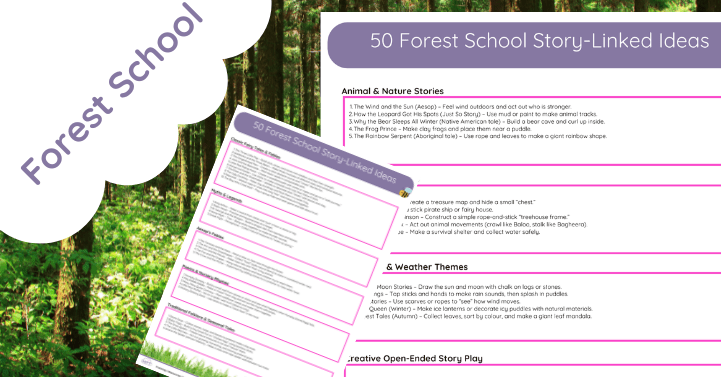
Forest School Story-Linked Lesson Ideas
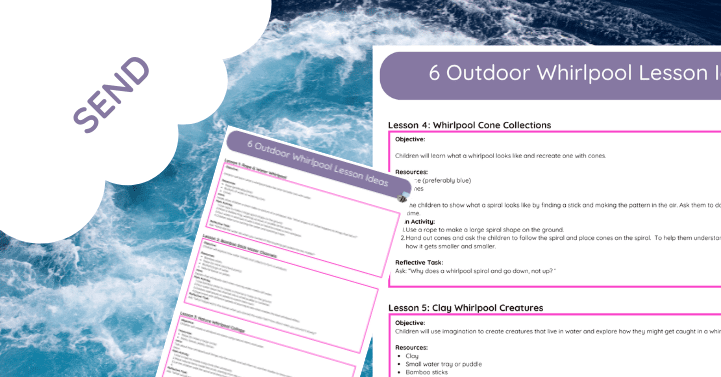
Whirlpool Lesson Ideas – SEND Pack
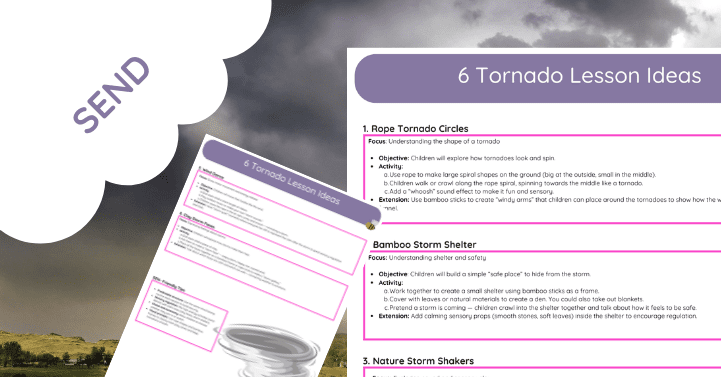
Tornado Lesson Pack for SEND
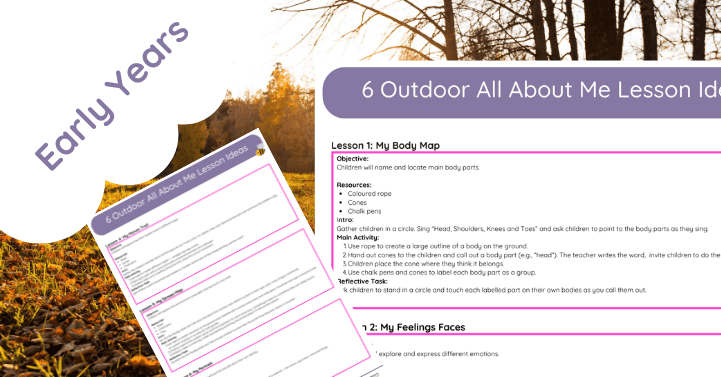
All About Me Lesson Ideas
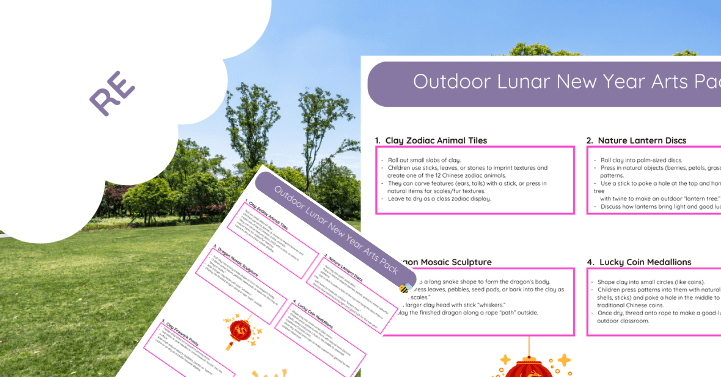
Lunar New Year Outdoor Arts Pack
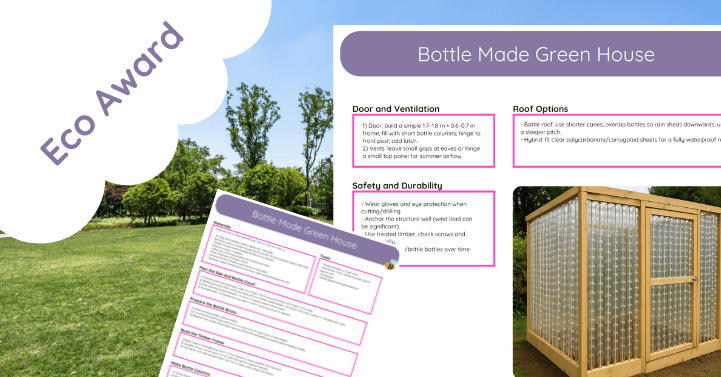
Bottle Greenhouse Instructions
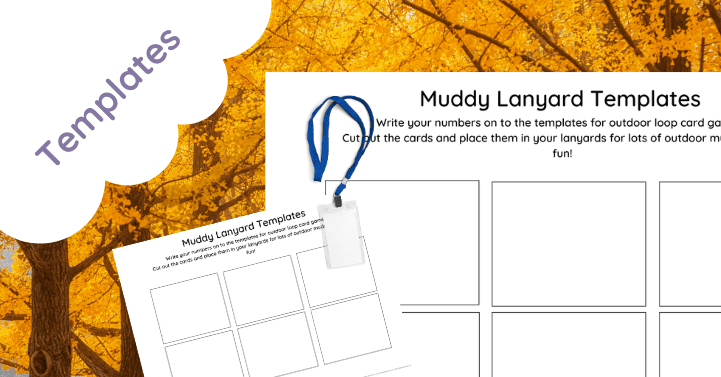
Blank Outdoor Lanyard Template
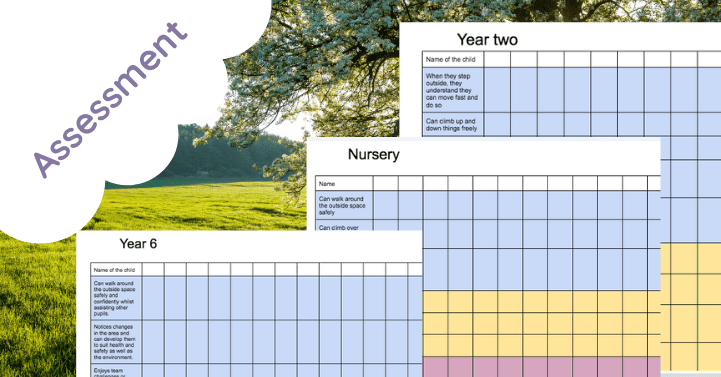
Outdoor Learning Assessment Grid

Nelson Mandela KS1 (Outdoor Lesson Ideas)




